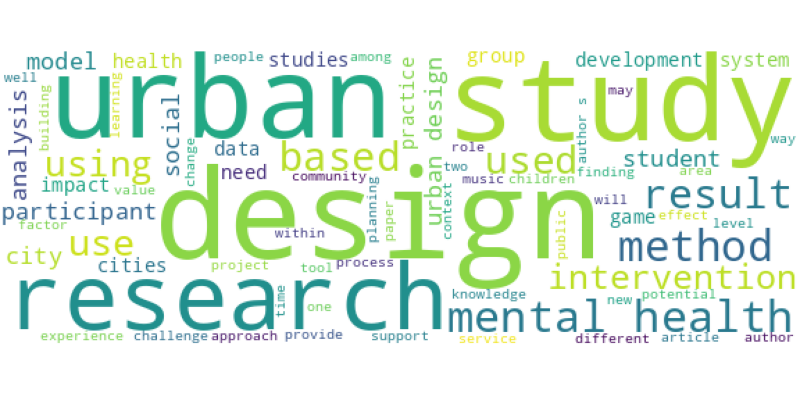| Id | 3048 | |
| Author | Bahrainy H.; Bakhtiar A. | |
| Title | Urban Design Solutions to Mitigate Seismic Risk at the Small Scale: Bazaar Area, Rasht | |
| Reference | Bahrainy H.; Bakhtiar A. Urban Design Solutions to Mitigate Seismic Risk at the Small Scale: Bazaar Area, Rasht,Urban Book Series |
|
| Link to article | https://www.scopus.com/inward/record.uri?eid=2-s2.0-85139500449&doi=10.1007%2f978-3-031-08321-1_5&partnerID=40&md5=b1946a0295f5d43c2ec39acdce1fc984 |
|
| Abstract | The existing conditions are a result and a continuation of development planning processes which seldom account directly or indirectly for natural hazards, a fact that is striking, since many of the objects of development planning are precisely the same as those of disaster prevention planning. The favorable achievements of otherwise good planning can be, and often have been, wiped out in minutes because of failure to account for the disaster potential of natural hazards. Tendency to view such misfortunes as unavoidable tragedies, although to substantial degree in fact they are, is a testimony to poor planning that ignores that natural disasters are an integral feature of the colonized environment and that the extent of damages and losses caused are to a significant degree a function of decisions made (or not made) during the process of human settlement development. Small scale is in fact the most effective and commonly used scale in which urban design, as an activity that manipulates physical environment to achieve certain goals, and particularly reducing seismic risks may be applied. “Manipulating the physical environment,” encompasses a broad set of activities in a wide range of physical settings. “Manipulation” may include direct physical design and construction, regulatory measures to guide physical changes over time, economic and community development efforts, regional growth strategies, and institutional measures such as funding programs that ultimately result in physical actions. Disasters cause formal and functional disorder in the built environment. Formal implies urban form and space, and functional implies urban activities. Urban design, through its rules and regulations, intends to prevent disorder in case of a disaster. As discussed in chapter one of this book, one of the determinant factors of disorder or un-sustainability of human settlements is basic needs, in which safety and security play significant role. © 2022, The Author(s), under exclusive license to Springer Nature Switzerland AG. |
|
| Keywords |
Wordcloud:



